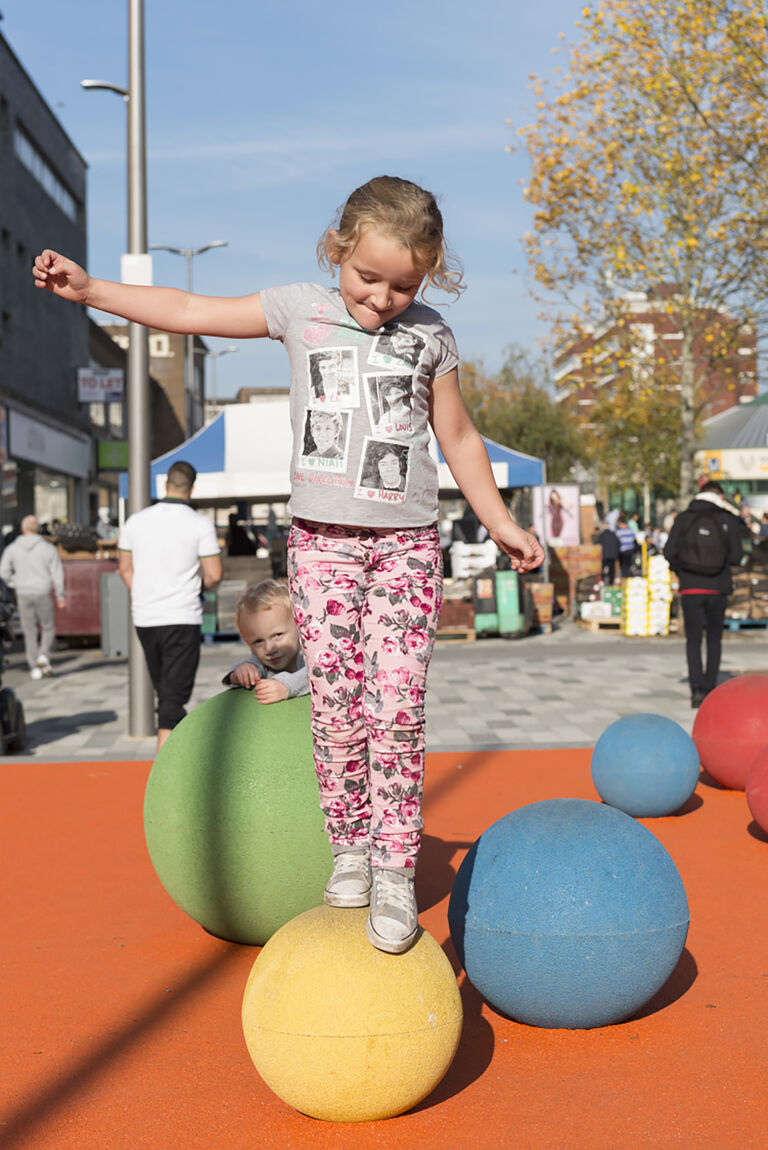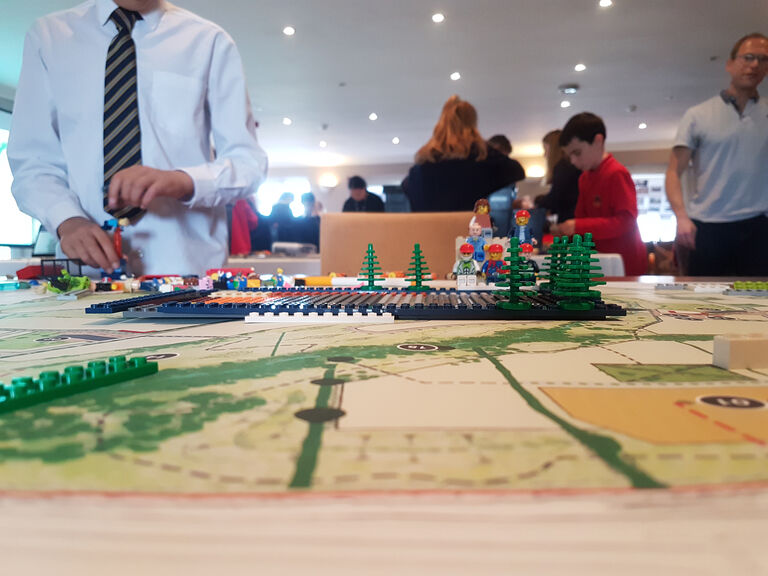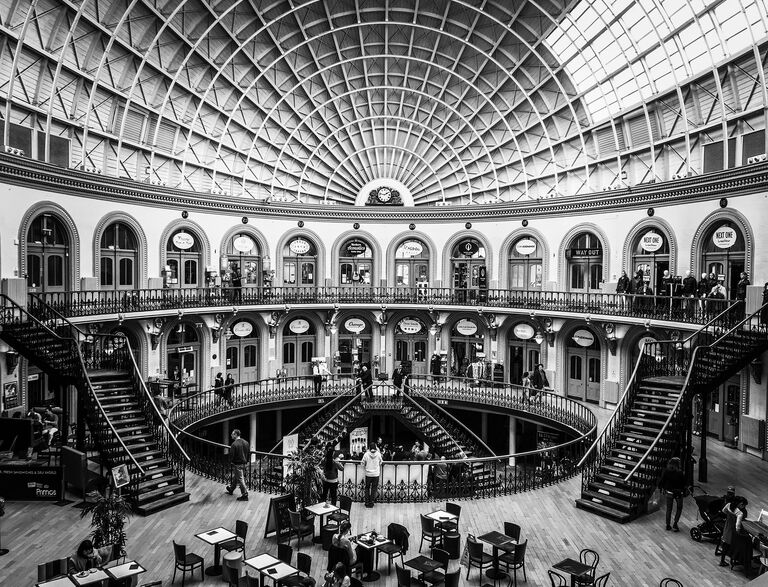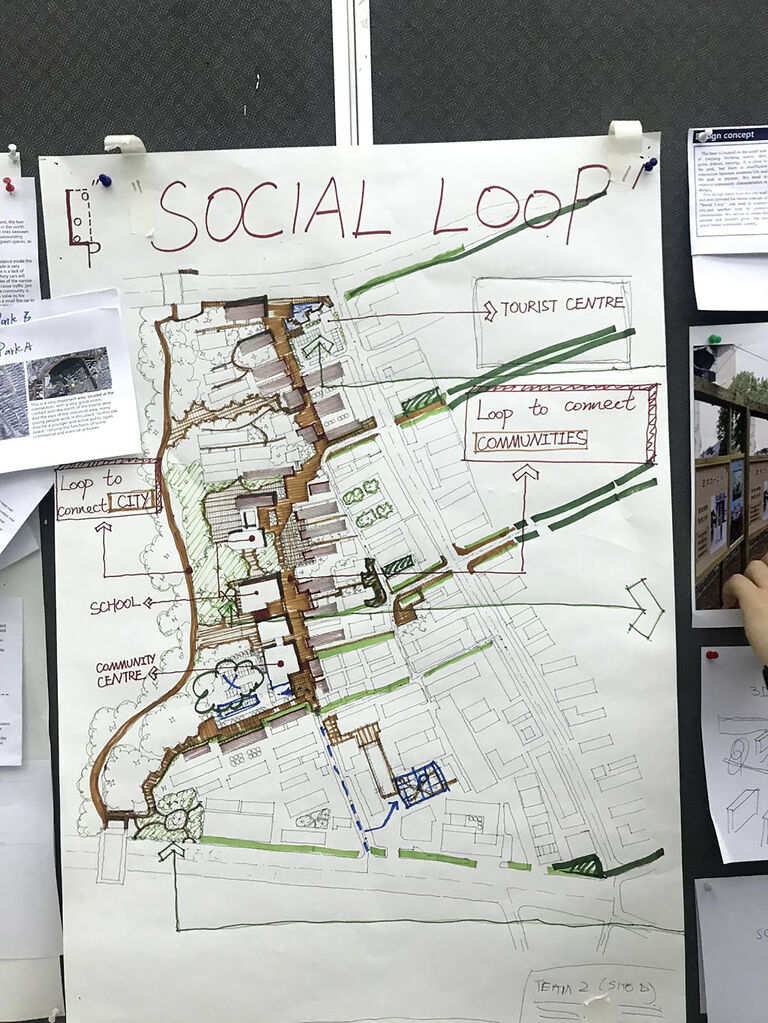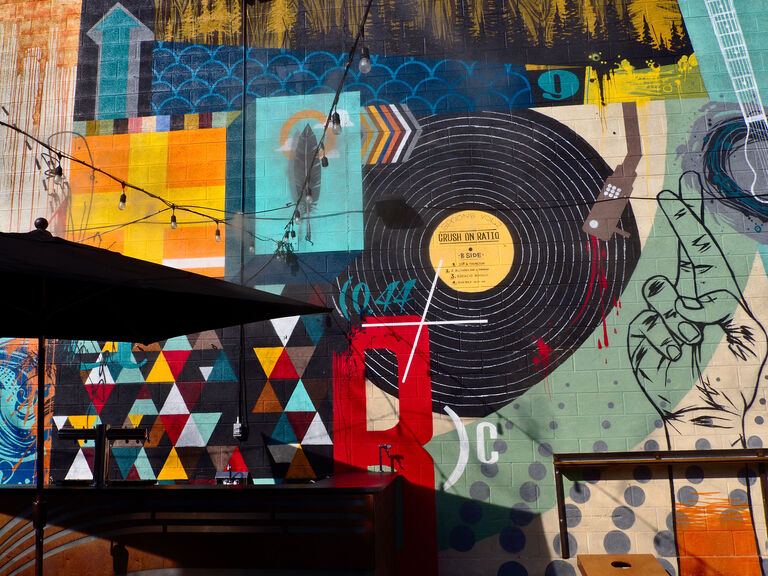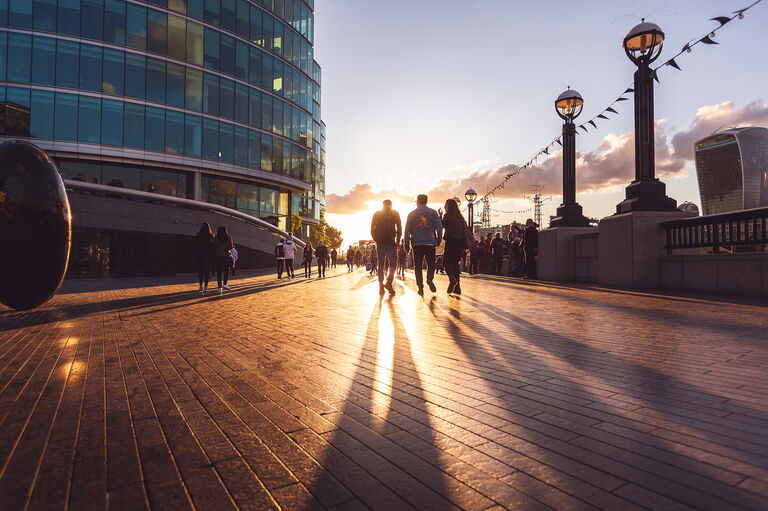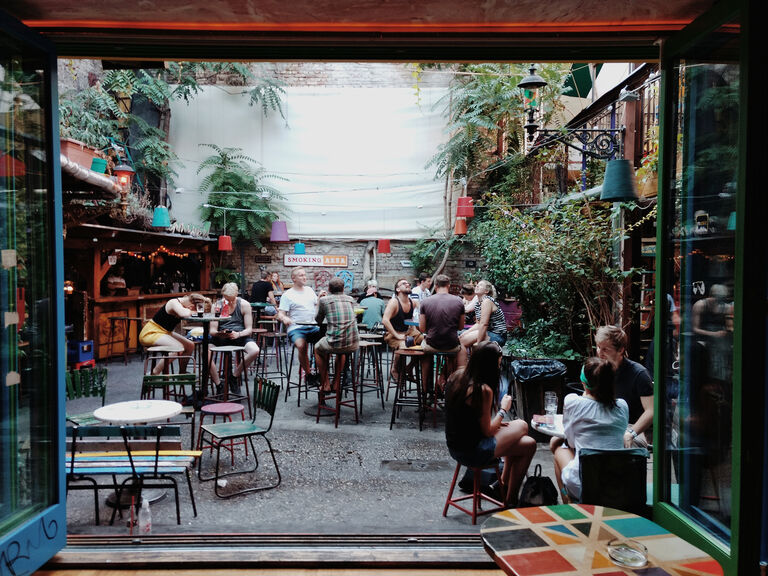To achieve this, placemakers must become equal parts designer, choreographer and curator.
Rooted within the timeless concept of the ancient Greek Agora, a central public space that formed the nucleus of a community’s artistic, social and civic identity, our vision for the revitalised high street is built upon a series of interdependent principles which form the infrastructure of successful urbanism.
